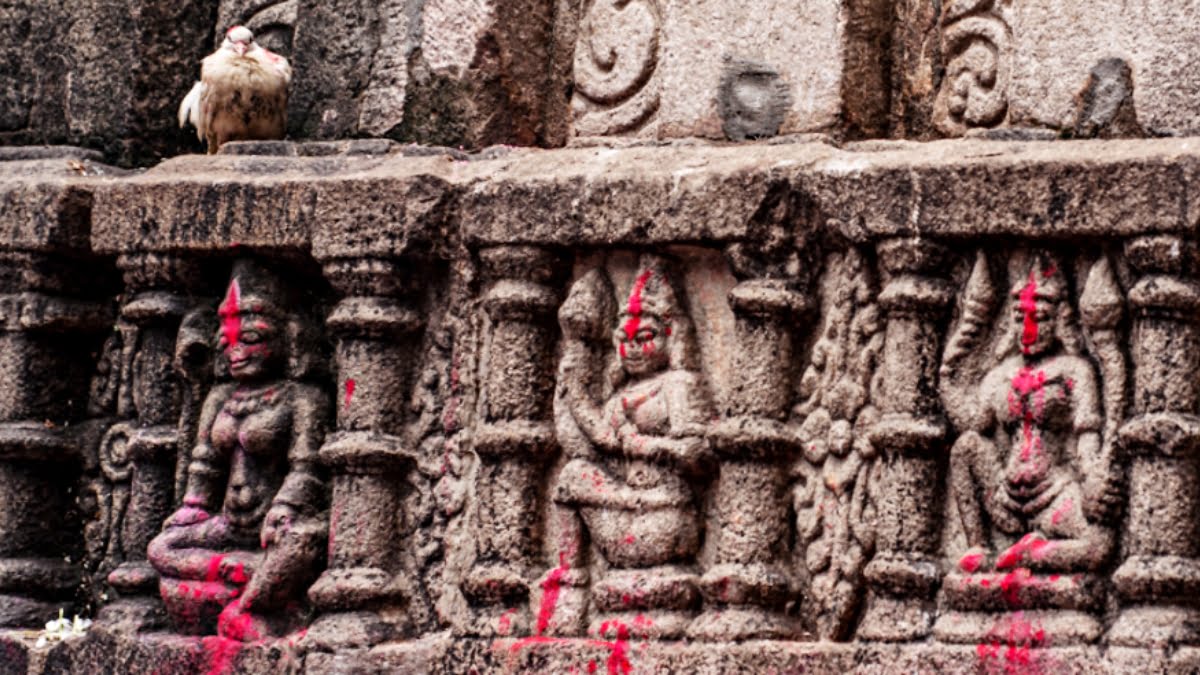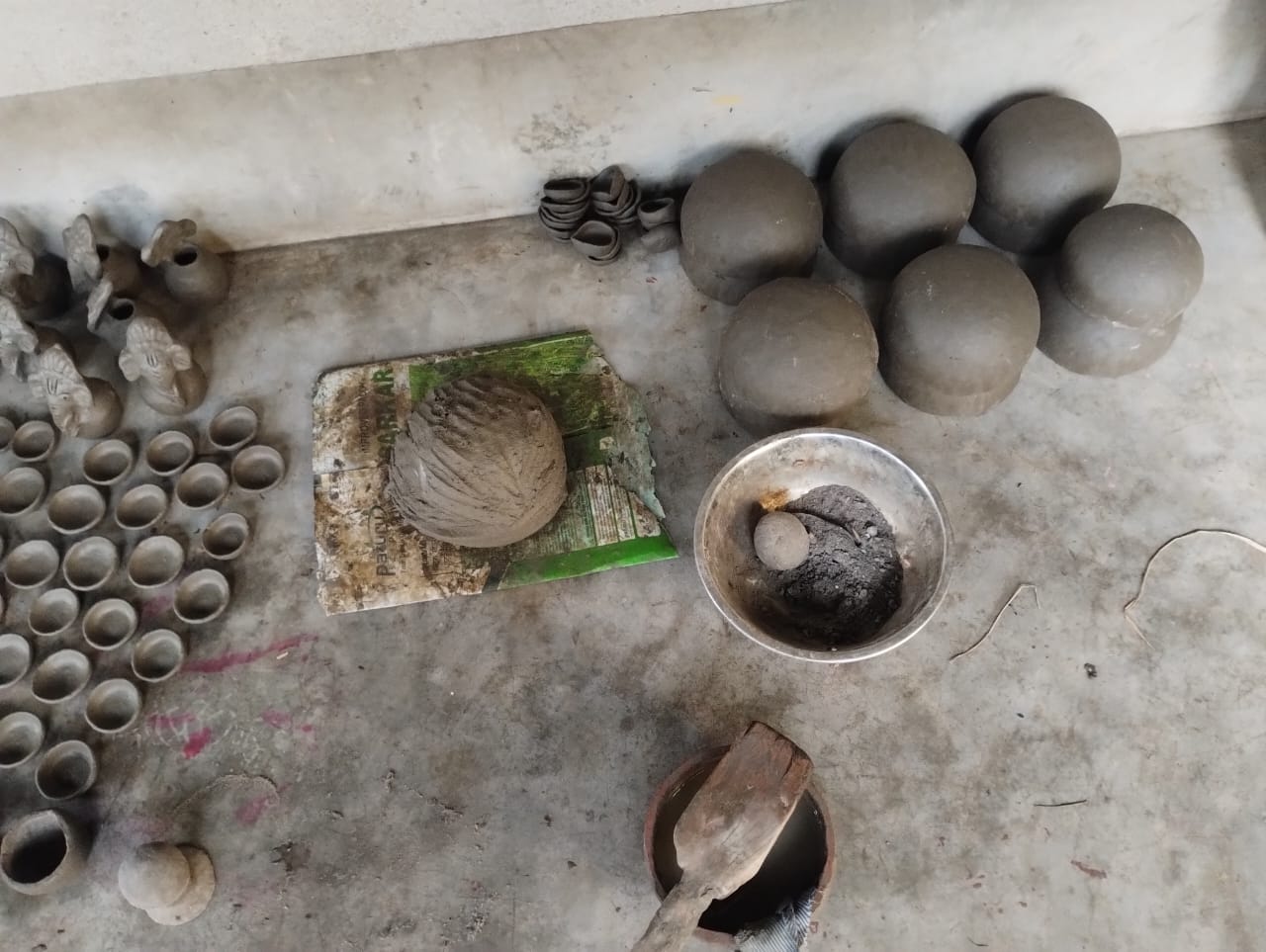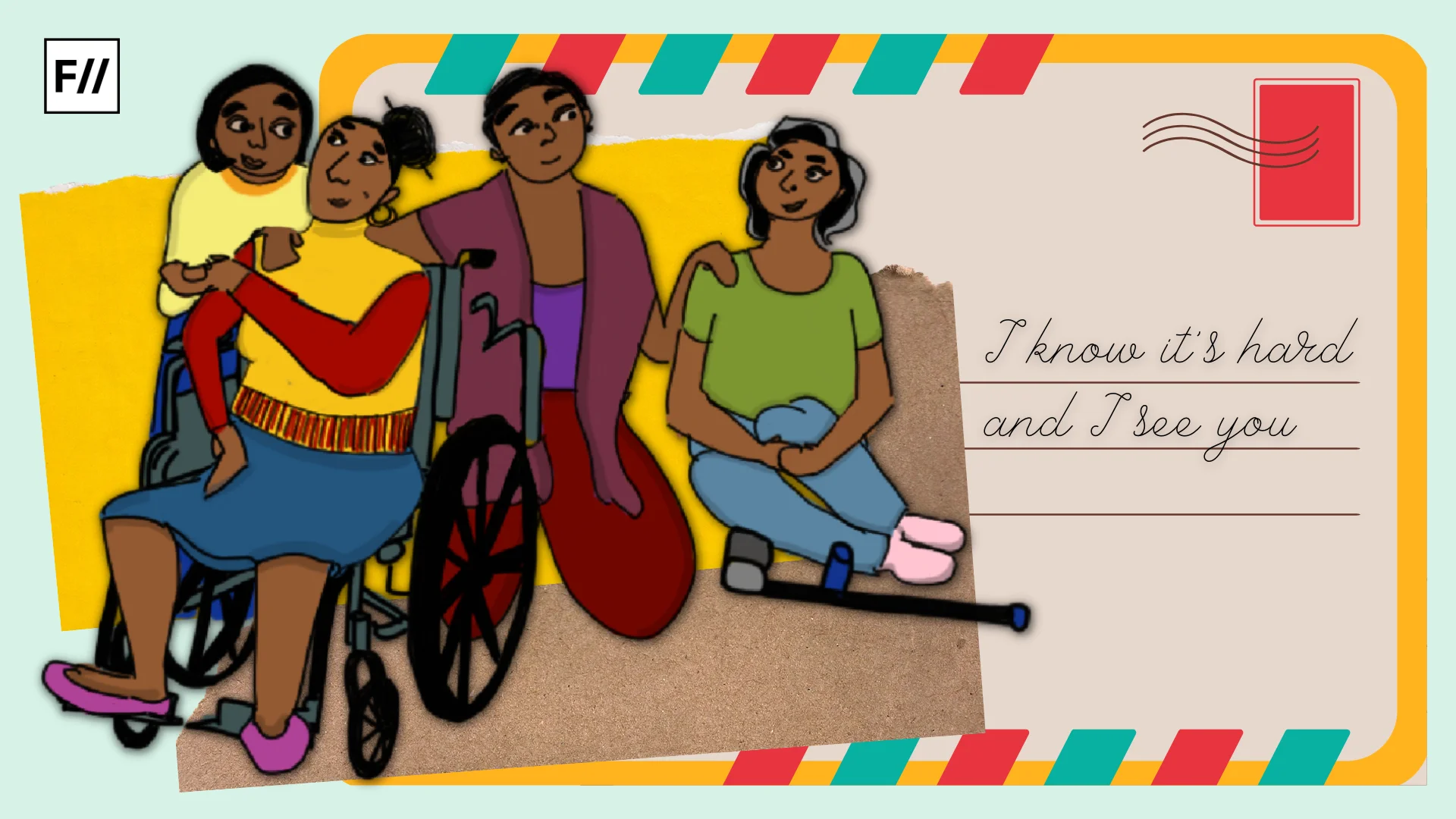Posted by Shruti Chakraborty
On one hand, while menstruation has long been considered a taboo topic in India, on the other, ancient Hindu traditions recognise women as a representation of Mother Earth. Consequently, in certain parts of the country, menses is equated with the ritual of regeneration and fertility, and is thus celebrated. Sahapedia looks at two such festivals—Raja Parba in Odisha and Ambubachi Mela in Assam.
Centuries before women found it liberating to talk about periods in the presence of menfolk, much to the disapproval of their mothers and grandmothers, and televised advertisements gave women the confidence to normalise the monthly menstrual cycle, several Hindu and tribal festivals celebrated the menstrual process. Connected with the fertility of Mother Earth—giver of all life—two such festivals that are observed around the same time are the Ambubachi Mela in and around the Kamakhya Temple in Assam, and Raja Parba in Odisha. (This year, though, as the country battles COVID-19, the Ambubachi Mela has been cancelled and fanfare around Raja Parba is muted.)
Connected with the fertility of Mother Earth — giver of all life — two such festivals that are observed around the same time are the Ambubachi Mela in and around the Kamakhya Temple in Assam, and Raja Parba in Odisha.
The celebration of procreation is not restricted to such ancient Hindu rituals. In fact, as scholar Jawhar Sircar writes, many other historic civilisations had also believed that the cycle of procreativity among human females and nature are linked in some strange way. Take the examples of the goddess Ninhursag in Mesopotamia, who is believed to have infused the ‘clay of humans’ with her ‘blood of life’. Greek lore substituted ‘procreative blood’ as the supernatural red wine that was given to the gods by Mother Hera. The Egyptians believed that Isis’ period-blood was the real strength behind the Pharaohs, making them immortal.
Also read: The “Tradition” Behind Menstrual Taboos

Returning to India, in Chengannur Mahadeva Kshetram temple (AD 300) in Kerala’s Alappuzha district, Devi Parvati menstruates once in two–three months. Interestingly, much like how even today, many women are isolated to a different part of the house and not allowed to participate in general household functions during ‘those days’, the idol of Parvati is also taken away from her husband Shiva and kept in a separate room for four days, during which time the temple remains closed. After her menses, the idol is taken for a ceremonial bath and returned to her seat next to Mahadeva. This whole ceremony is called Thrippoothu Arat. The ‘blood-stained’ cloth of Goddess Parvati is believed to be auspicious and highly coveted as a blessing. While this festival conforms with the more modern notion of keeping women away from religious rituals during the menses period, in the north-eastern part of India—namely, Assam and Odisha—the goddesses and women, symbolised as Mother Earth, are celebrated and worshipped.
The worship of Mother Earth symbolised through Durga/Shakambari, Shri Devi, Kamakhya Devi, Bhudevi and Parvati is, of course, connected with bountiful crops in the next agricultural cycle. Ambubachi Mela and Raja Parba are both celebrated in mid-June, ahead of the monsoon season.
The worship of Mother Earth symbolised through Durga/Shakambari, Shri Devi, Kamakhya Devi, Bhudevi and Parvati is, of course, connected with bountiful crops in the next agricultural cycle. Ambubachi Mela and Raja Parba are both celebrated in mid-June, ahead of the monsoon season. It is believed that after the previous harvest, the ground needs some rest to regenerate — so no agricultural activities are performed during this time — after which a ritualistic bath is organised and rains are welcomed, heralding the next agricultural year.
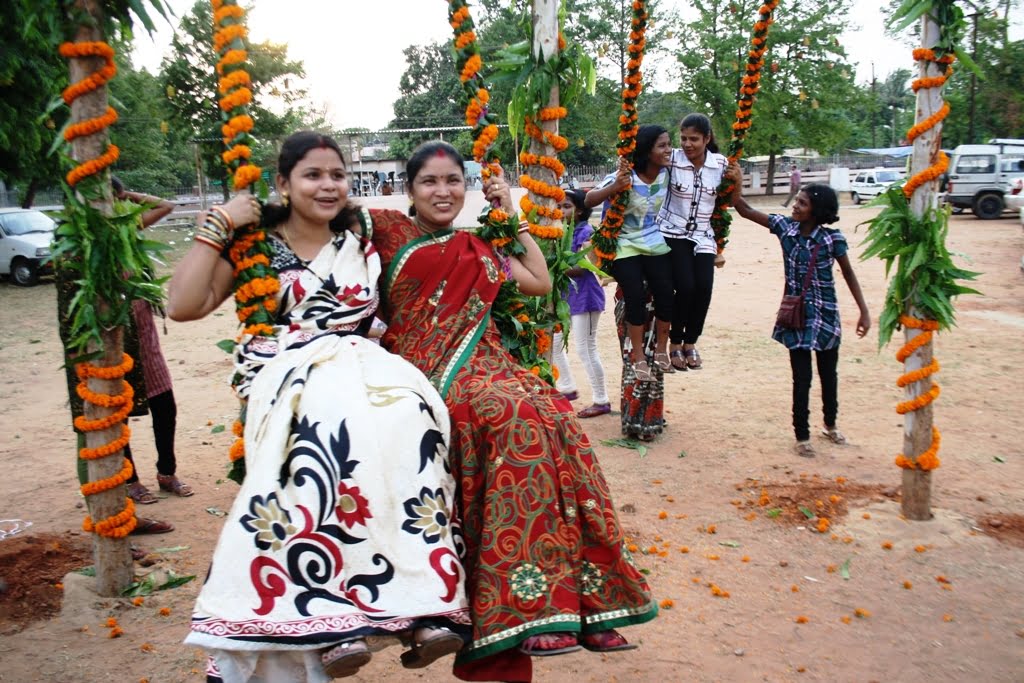
Raja Parba
Scholar Kartikeya C. Patel suggests the cyclical changes in a woman’s body correspond to the cyclical changes in seasons in his essay ‘Women, Earth, and the Goddess’, stating that during the festival Raja Parba (literally meaning, ‘menses festival’), women must also take rest, and are, thus, kept away from household chores and other work. They do not walk on the ground barefoot, fearing their feet might hurt Mother Earth. The four-day celebrations that start on the first day of the Hindu month of Asadha, include receiving gifts, eating special foods such as a variety of pithas (a typical Odia sweet), singing, dancing, playing on the swing (again a common factor in Indian fertility festivals as being symbolic of male-female union), decorating each other with ornaments and Alta. Men spend their time playing cards and hold wrestling matches.
During Raja Parba (literally meaning, ‘menses festival’), women are expected to take rest, and are, thus, kept away from household chores and other work. They do not walk on the ground barefoot, fearing their feet might hurt Mother Earth.
On Day four, the women wash the grinding stone in their kitchen (called pidhi/pidha) — symbolising Bhumi — with cowdung, grass, turmeric paste, sindoor and flowers, akin to giving her a ritualistic bath, much like what women have at the end of their menses, or Devi Parvati’s Arat in Chengannur.
The festival has minor variations across Odisha, from being a family affair in districts of Cuttack, Ganjam, etc., to a mass festival in the Baliharchandi temple near Puri. In recent times, much like Bollywood blockbusters are timed to Diwali and Eid, regional Odia movies have ‘Raja releases’.
Also read: Period Piece Official: Menstruation Through The Ages
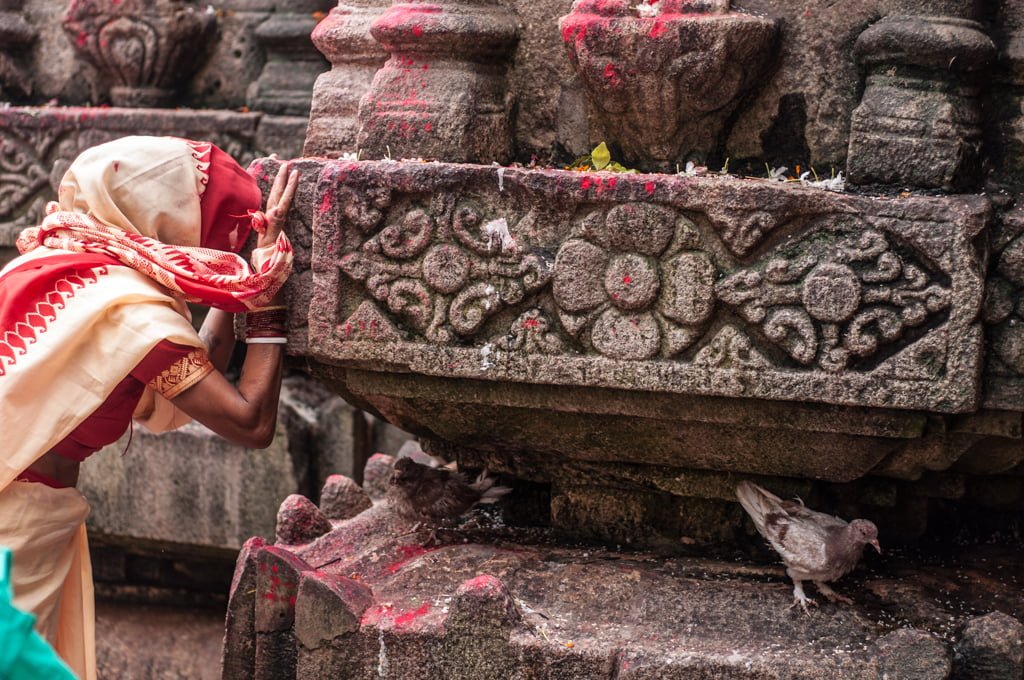
Ambubachi Mela
While Raja Parba involves women across strata, the Ambubachi Mela at the Kamakhya temple near Guwahati concentrates on the divine. Starting on the seventh day of Asadha, the festival takes place at one of the major Shakti Peethas, where the female genitalia of Sati is said to have fallen, and there is a cave with a natural spring. There is no idol of a goddess, and Devi Kamakhya is represented by a stone shaped in the form of a vulva (yoni). “During Ambubachi (July-August), after the first burst of the monsoon, a great ceremony takes place, for the water runs red with iron-oxide, and the ritual drink is symbolic of the rajas or ritu of the Devi, her menstrual blood,” writes Ajit Mookerjee in Kali: The Feminine Force. For three days, the temple remains closed, and is only opened on the fourth day after the Devi is bathed and worshipped. Much like Parvati’s ‘blood-stained’ cloth in the Chengannur temple, here too the red cloth symbolising the Devi’s cycle of regeneration is prized by millions of devotees. While such celebrations of womanhood found prominence in ancient Indian practices, menstruation has been relegated as a taboo subject for centuries in ‘modern India’. Many scholars and social activists have often pointed out the constant social contradictions of women being mistreated on the one hand, and being deified and worshipped as devis and kumaris (pre-pubertal female) on the other. During such times of deep thought, Sircar’s words ring most true: ‘While blind veneration of whatever is old is certainly neither logical, nor desirable, let us acknowledge that in some respects our ancients were far more modern.’
Featured Image Source: Saurabh Chatterjee/Flickr/Creative Commons
This article is written by Shruti Chakraborty, Editor, Digital as part of Saha Sutra, on www.sahapedia.org, the digital library of Indian culture.
About the author(s)
Sahapedia.org is an open online resource on the arts, cultures and heritage of India.
